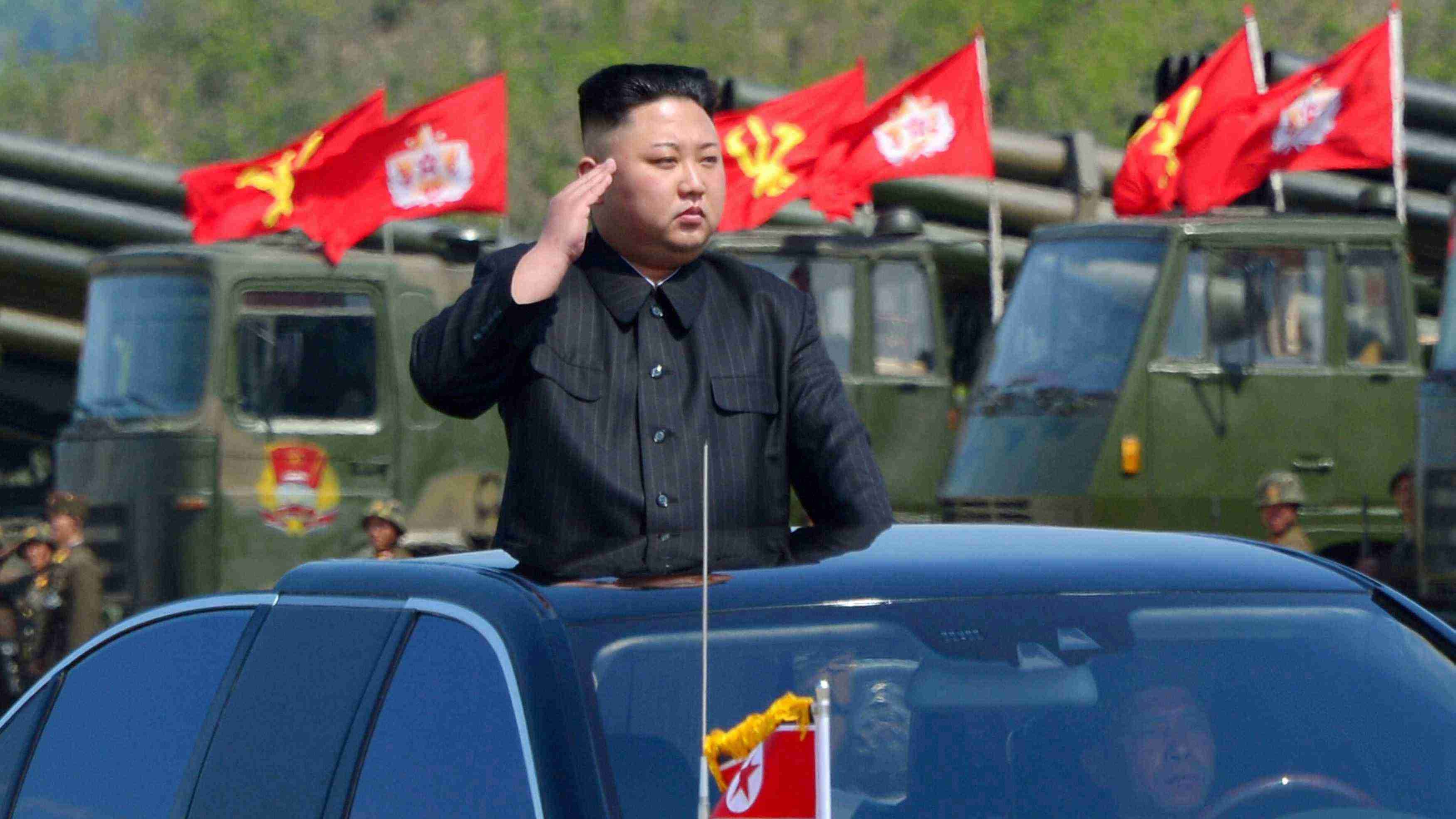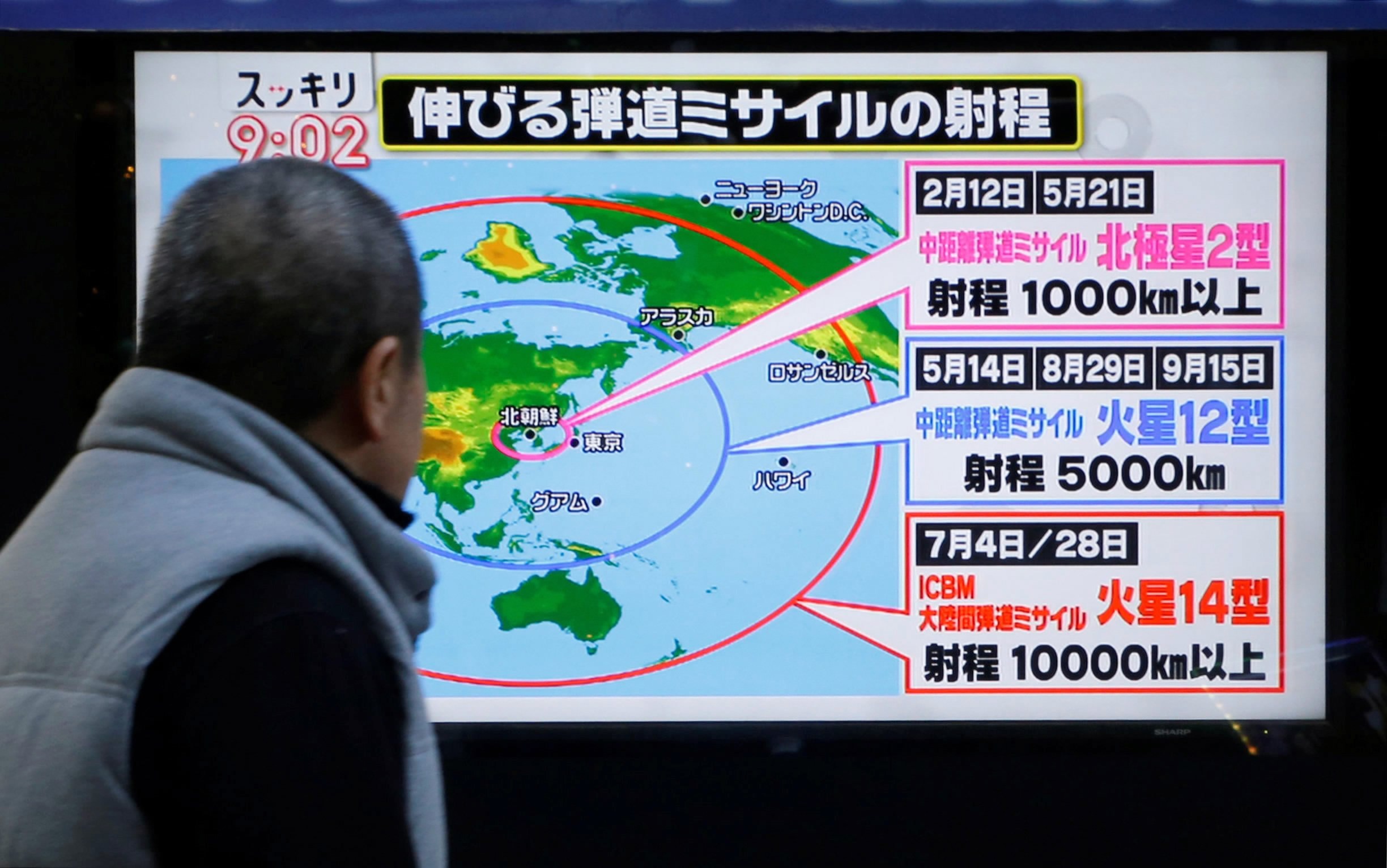
Opinions
14:59, 01-Dec-2017
Opinion: Why firing Tillerson won’t solve Trump’s problems on the Korean Peninsula
Guest commentary by Donald Kirk

US Secretary of State Rex Tillerson may be on his way out after displeasing President Trump with his repeated calls for a diplomatic solution to the ongoing Democratic People's Republic of Korea (DPRK) crisis.
Tillerson’s desire to avoid the threat of a preemptive strike on the DPRK’s nuclear and missile facilities is sharply at odds with Trump’s vow to inflict “fire and fury” on the DPRK. Tillerson has said his views do not differ from those of the president, but the record shows he’s not interested in going along with a hawkish stance that would appear to nullify any chance of negotiations or dialogue with the DPRK.
The conflict between Trump and Tillerson reflects the deep uncertainty among US officials as to why DPRK’s leader Kim Jong Un wants to pursue his nuclear program and what to do about it. Trump has called Kim “little rocket man” but fears an attack on the DPRK would trigger a response in which several million people could be killed in a few days.

US President Donald and Secretary of State Rex Tillerson (R) at the White House, June 26, 2017. /Reuters Photo
US President Donald and Secretary of State Rex Tillerson (R) at the White House, June 26, 2017. /Reuters Photo
In weighing the odds on whether the DPRK would fire missiles on the Republic of Korea (ROK), Trump would prefer to follow the advice of his CIA director Michael Pompeo rather than count on Tillerson to say what he would like to hear. The upshot is that, even if Trump never goes to war against the DPRK, he would feel more comfortable with Pompeo as secretary of state. He could then be sure that he was getting the hardest-line advice possible from Pompeo, now director or the Central Intelligence Agency.
Another name sometimes mentioned as a possible replacement for Tillerson is Nikki Haley, the US ambassador to the United Nations, who has made strong statements in the UN while Tillerson has remained basically silent.
The impending shakeup, if it actually happens, would bring the US closer to a war that most Americans would prefer to avoid. Short of war, Trump’s only way to retaliate against the DPRK for its latest test of a long-range intercontinental ballistic missile is to impose ever stiffer sanctions – and to try to get other countries not only to support a new set of sanctions but to break off diplomatic ties.

DPRK leader Kim Jong Un is seen watching the newly developed intercontinental ballistic rocket Hwasong-15's test in this undated photo released by the DPRK Korean Central News Agency (KCNA) on November 30, 2017. /Reuters Photo
DPRK leader Kim Jong Un is seen watching the newly developed intercontinental ballistic rocket Hwasong-15's test in this undated photo released by the DPRK Korean Central News Agency (KCNA) on November 30, 2017. /Reuters Photo
The bickering among high US officials betrays the inherent weakness of the US government in the face of the determined DPRK dictator. The fact is that none of America’s highest officials have come up with a convincing plan to get Kim Jong Un to agree to come to the table for talks. While back in the US, American politicians debate Trump’s tax plan and the headlines are full of stories of movie executives and political figures alike making unwelcome passes at women.
Adding to the distress of the Trump administration is that nobody seems to know how to counterattack against DPRK missiles. The latest model, the Hwasong15 appeared to prove that the DPRK is now able to hit targets in the US by soaring 2,800 kilometers above the earth’s surface before coming down 590 kilometers from its launch site.
Why has the US not been able to develop a counter-missile capable of shooting down whatever the DPRK is firing? And what was the point of the controversial counter-missile battery known as THAAD for Terminal High-Altitude Area Defense if it could not be deployed to fire at DPRK missiles?

A man looks at a street monitor showing a news report about the DPRK's missile launch, in Tokyo, Japan, on November 29, 2017. /Reuters Photo
A man looks at a street monitor showing a news report about the DPRK's missile launch, in Tokyo, Japan, on November 29, 2017. /Reuters Photo
Those are difficult questions to which no one in the US government or ruling establishment has definitive answers. All that officials can say is that shooting down an enemy missile is not only technically extremely difficult but also unbelievably costly. The US and Japan, which shares Washington’s concerns, have yet to do anything substantive to fend off DPRK missiles.
Thus the impression is inescapable that Trump, while he talks tough, still has to believe that China’s President Xi Jinping will exercise the leverage needed to bring Kim Jong Un to his senses. Trump may have formed a warm relationship with Xi beginning with their meeting at his Mar-a-Lago, Florida, home in April, but he does not seem able to punch a dent in China’s desire to remain on good terms with the DPRK for the sake of regional stability.
Amid all such questions, however, one figure appears to remain secure in his position. That’s Jim Mattis, the retired four-star Marine general, now secretary of defense. Mattis also has said that he would hope for a negotiated solution rather than place the lives of millions of Koreans in both the DPRK and ROK at risk.
Nonetheless, Mattis has been enthusiastic about deploying aircraft carriers with dozens of warplanes on their decks in waters around the Korean peninsula and also sending B1 bombers based at Andersen Air Force base on Guam on intimidation flights across ROK.
In both the naval and air exercises, the US has been sure to coordinate closely with ROK’s President Moon Jae-in. He has loudly denounced the DPRK’s nuke-and-missile tests but opposes any suggestions for a preemptive strike on the DPRK. But would the US really consult closely with Moon if the DPRK sent a missile hurtling in the direction of Guam – or toward the new US headquarters base complex at Pyeongtaek south-west of Seoul? Americans and ROK people alike hope they never have to answer the question.
(Donald Kirk is a veteran analyst based in ROK writing and analyzing the Korean Peninsula in a unique style. The author’s opinions are his own and do not necessarily reflect those of CGTN.)

SITEMAP
Copyright © 2018 CGTN. Beijing ICP prepared NO.16065310-3
Copyright © 2018 CGTN. Beijing ICP prepared NO.16065310-3